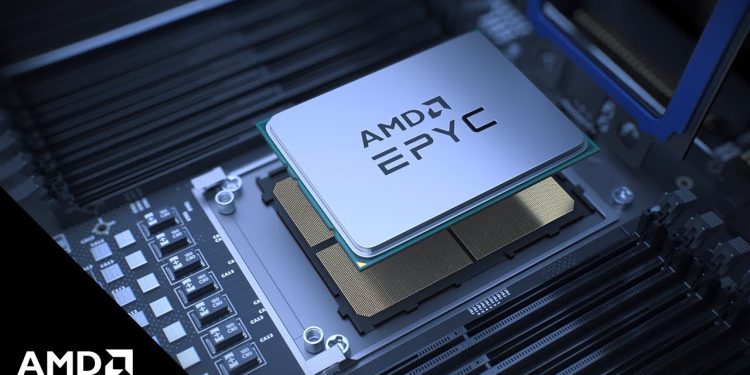sm:leading-[6px] sm:text-sm”>
You may like
-
‘You can now jailbreak your AMD CPU’ — Google researchers release kit to exploit microcode vulnerability in Ryzen Zen 1 to Zen 4 chips
-
Chinese government shifts focus from x86 and Arm CPUs, gov’t promoting RISC-V chips heavily
AMD’s EPYC 9004-series and similar processors offer performance and core counts not achievable on currently available RISC-V-based processors, so executing proprietary RISC-V programs on EPYCs is a plausible idea. However, microcode is designed to fix internal bugs rather than replace the front-end ISA completely and it is even unclear whether the microcode can be completely re-written, people over at Ycombinator noted.
Back in the mid-2010s, AMD planned to offer both x86-64 and Armv8-A Zen CPUs (something recently recalled by Mike Clarke, AMD’s chief architect), so it is highly likely that there was a microcode for the Zen 1 microarchitecture that supported an Aarch64 front-end ISA. That said, Zen 1 CPUs could feature multiple microcode layer ‘slots,’ one supporting x86-64 and another Aarch64. We doubt this is the case though as modern CPUs have very thorough hardware performance optimizations that include hardwire optimizations between the microcode and the rest of the core. AMD has hardly ever developed a microcode that supports Aarch64 or RISC-V for Zen 2/3/4 processors and therefore the microcode layer of these CPUs is strictly x86-64 and there is hardly enough microcode space for re-writing them from scratch.
“This is not achievable,” one commenter named Monocasa wrote. “There is not enough rewritable microcode to do this even as a super slow hack. And even if all of the microcode were rewritable, microcode is kind of a fallback pathway on modern x86 cores with the fast path being hardwired decode for x86 instructions. And even if that were not the case the microcode decode and jump is itself hardwired for x86 instruction formats. And even if that were not the case the micro-ops are very non-RISC.”
One commenter criticized the contest format, suggesting it is a way to get complex work done for less than $3,000 pay.
In general, while the concept of re-writable microcode is an interesting one and stimulates discussion about alternative CPU designs, multi-ISA support, and low-level optimization, it does not look like the contest will achieve the stated goal. Perhaps, re-writing (or rather re-compiling) a RISC-V program or two for x86 CPUs makes more sense?


















